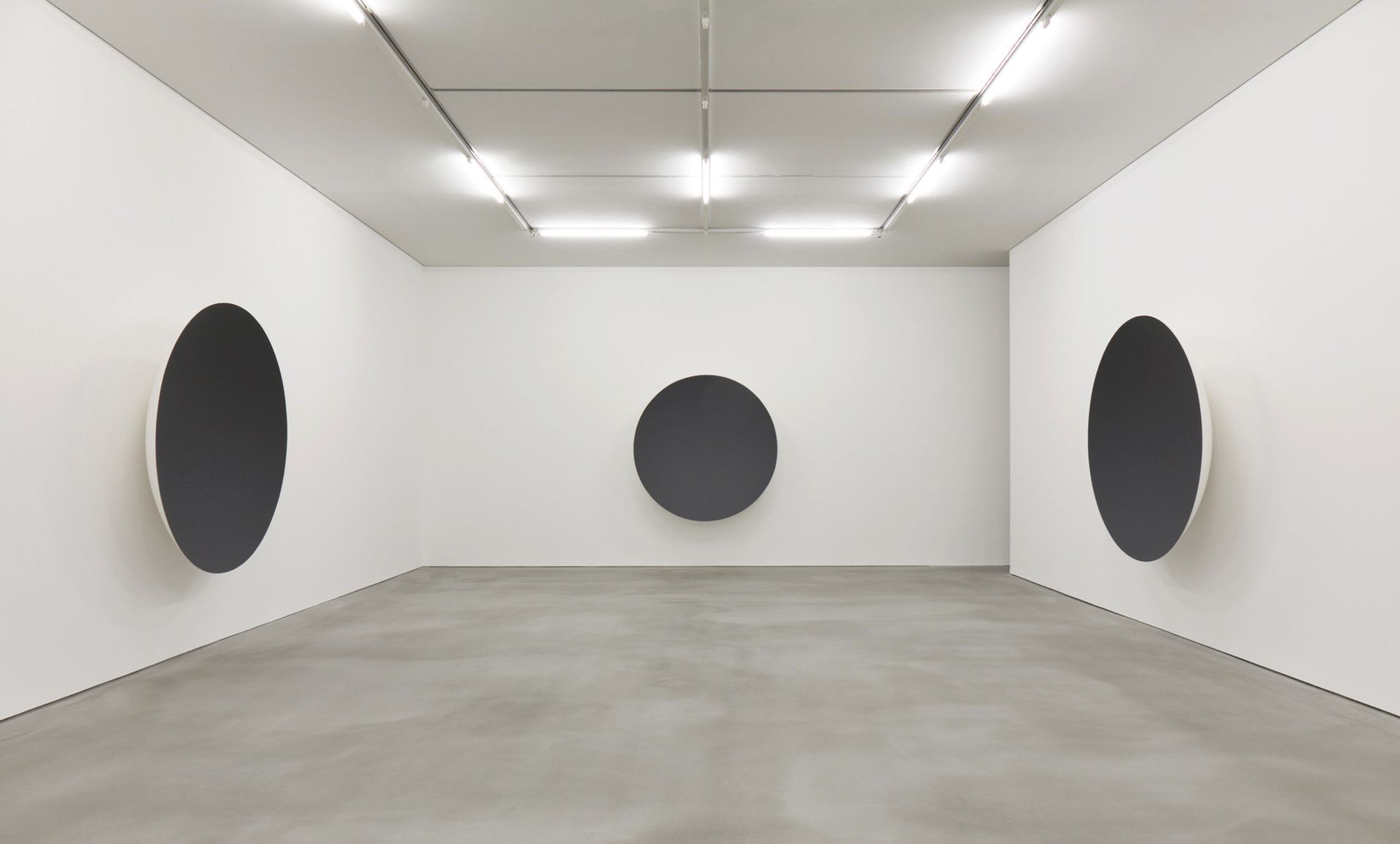South Korea’s art scene took centre stage last week with the openings of the Gwangju, Busan and Mediacity biennales, as well as scores of other shows in the national capital of Seoul. Here’s our selection of what to see:
The 22nd Gwangju Biennale (until 6 November), organised around theme of The Eighth Climate (What Does Art Do?), explores art’s social and political utility. “What art does is a question you carry with you as you encounter the exhibition, it has reverberations, creates rings on the water,” said the show’s curator Maria Lind at the opening press conference. Art serves as a “seismograph or sniffer dog, sensing things in society before they are readily apparent.”
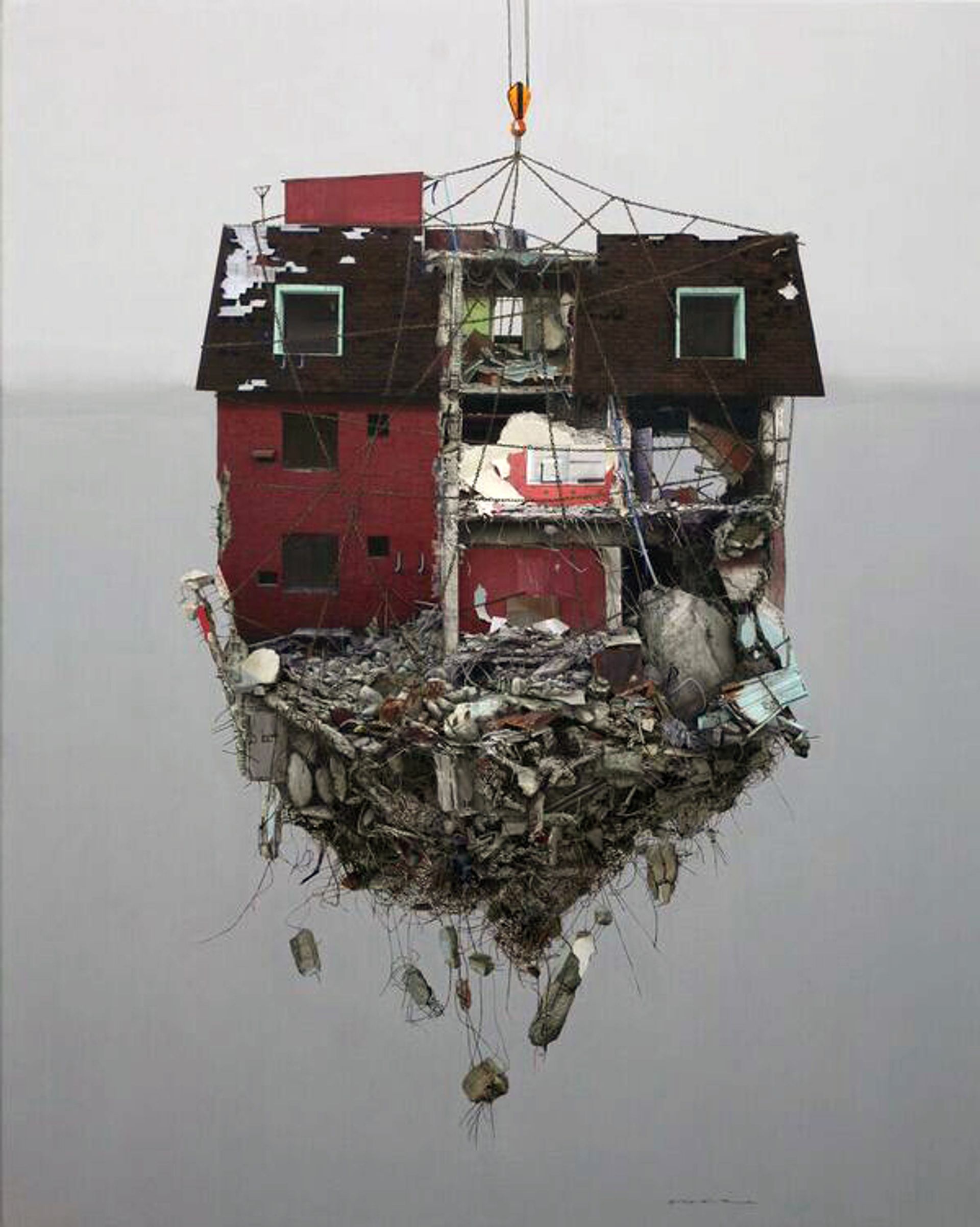
The biennale explores the usual Asian tropes of development, dislocation and identity through a Korean lens and with the dash of science fiction and futurism. Founded to commemorate the May 18 Democratic Uprising in 1980, the biennale keeps an eye on local politics, such as with Dora Garcia’s Nokdu bookstore for the living and the dead. The store and event space displays replicas of relics from the uprising combined with protest posters about the 2014 ferry disaster, still a focal point of Korean politics. Nearby, Inseon Park’s mixed media works Drift and Root highlight the destruction of architectural heritage, and Tommy Støckel’s The Gwangju Rocks 3D renders area stones into gemlike sculptures. And in a section dedicated to labour, Julia Sarisetiati’s piece Indo K-Work documents South Korea’s Indonesian migrant labourers.
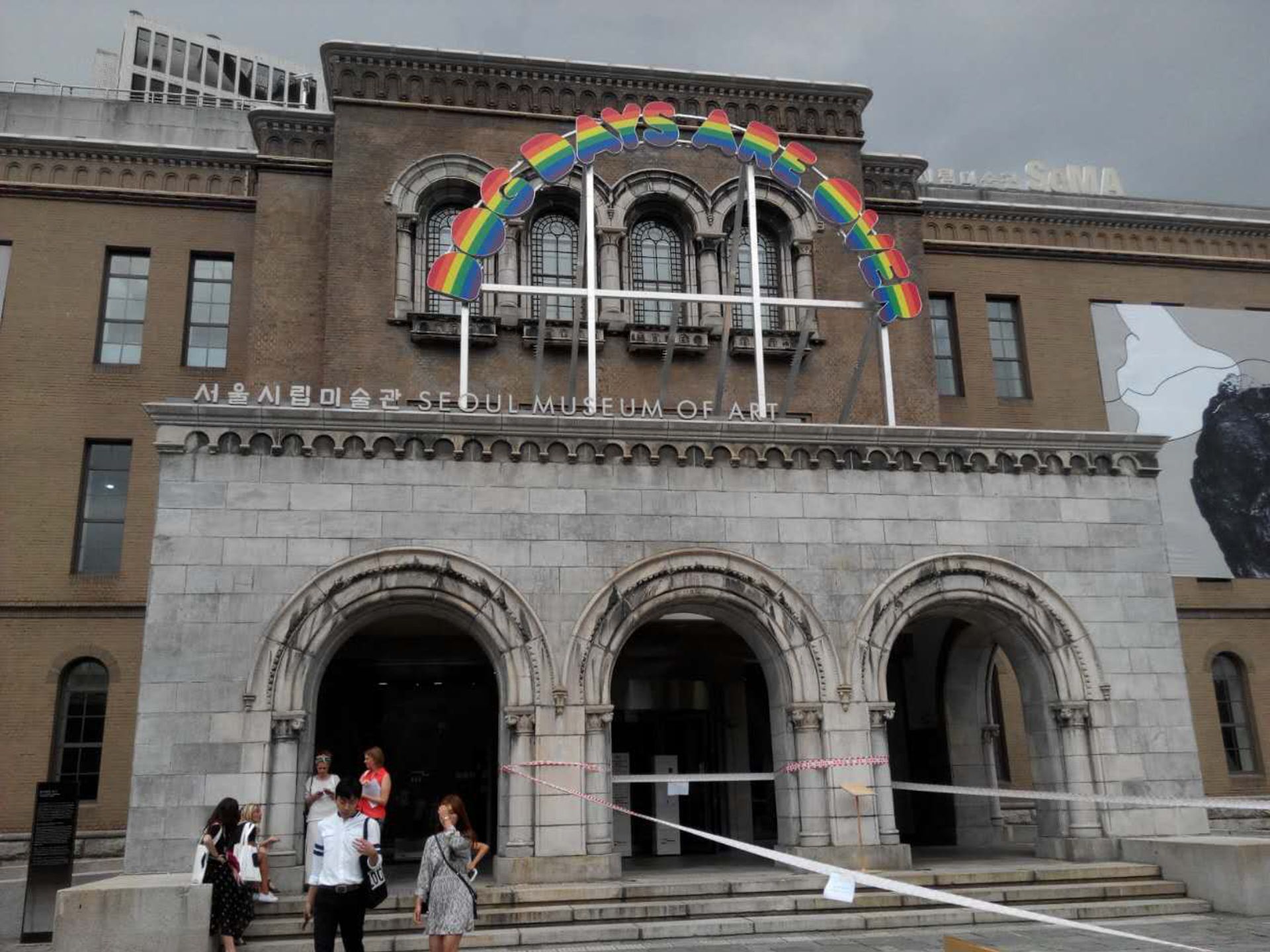
The Mediacity Seoul Biennale (until 20 November), at all three locations of the Seoul City Museum of Art, derives its title Neriri Kiruru Harara from Shuntaro Tanikawa’s poem imaging the language of Mars. Projects include Taeyoon Choi’s Uncertainty School, a camp for artists to explore the intersection of art, disability and technology. The Busan Biennale (until 30 November), organised by Yun Cheagab, the director of China’s How Art Museum, is split into two sections: Hybridizing Earth, Discussing Multitude, which explores the global biennale system, and An/other Avant-garde China-Japan-Korea.
Seoul’s Art Sonje Center reopened its doors this month after a renovation with Connect 1: Still Acts (until 20 November), a showcase of Lee Bul, Sora Kim, Chung Seoyoung and collective Museum referencing earlier shows each has had there since the centre’s founding in 1998. Kim and Chung’s dedicated floors of starkly conceptualist Minimalism give way to a glorious mess on the third floor, where shipping boxes provide the backdrop for Lee’s Majestic Splendor, a room of bead-adorned decaying fish in bags that serve as a comment on the social position of Korean women. The installation is joined by Lee’s video and sound works, as well as her dystopian polyurethane Cyborg statues.
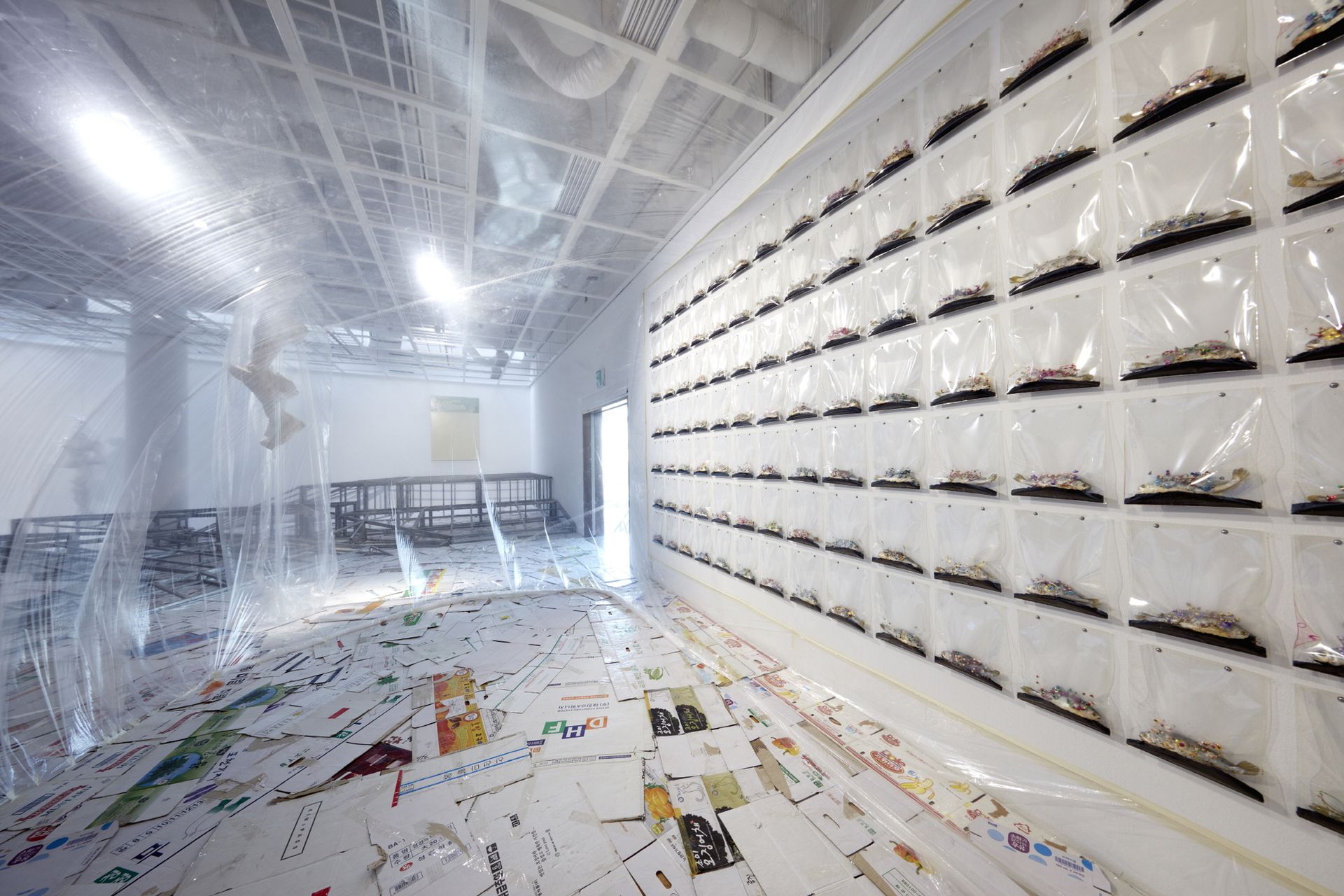
The National Museum of Modern and Contemporary Art is holding a 30th anniversary show, As the Moon Waxes and Wanes (until 12 February 2017), at its Gwacheon headquarters. Three-quarters of the 560 works are from MMCA’s collection, with the centrepiece being Nam June Paik’s tower of 1,003 television monitors, The More The Better. One section explores a history of Korean performance from the 1970s to the present, while other galleries are dedicated to well-known works from the collection and the institution’s history.
The museum’s Seoul location meanwhile hosts the installation Archive of Mind (until 5 February 2017), by the artist Kimsooja, who has wrapped the glass walls of the museum’s courtyard, surrounding her statue Deductive Object, with iridescent film. The museum is also showing the finalists for the Korea Artist Prize 2016 (until 15 January 2017): Mixrice, Ham Kyungah, Kim Eull and Back Seung Woo. The artist collective Mixrice have shifted from documenting emigration to Korea to exploring the movement and desolation of the country’s fauna, focusing particularly on one 1,000 year old tree. Ham continues her compelling work on North Korea by collaborating with a defector turned professional youth footballer, who used his ball to splash paint around a room. Supplementary pieces include lines carved on his old cleats to tell the story of his journey from the North. The prize winner is due to be announced in October.
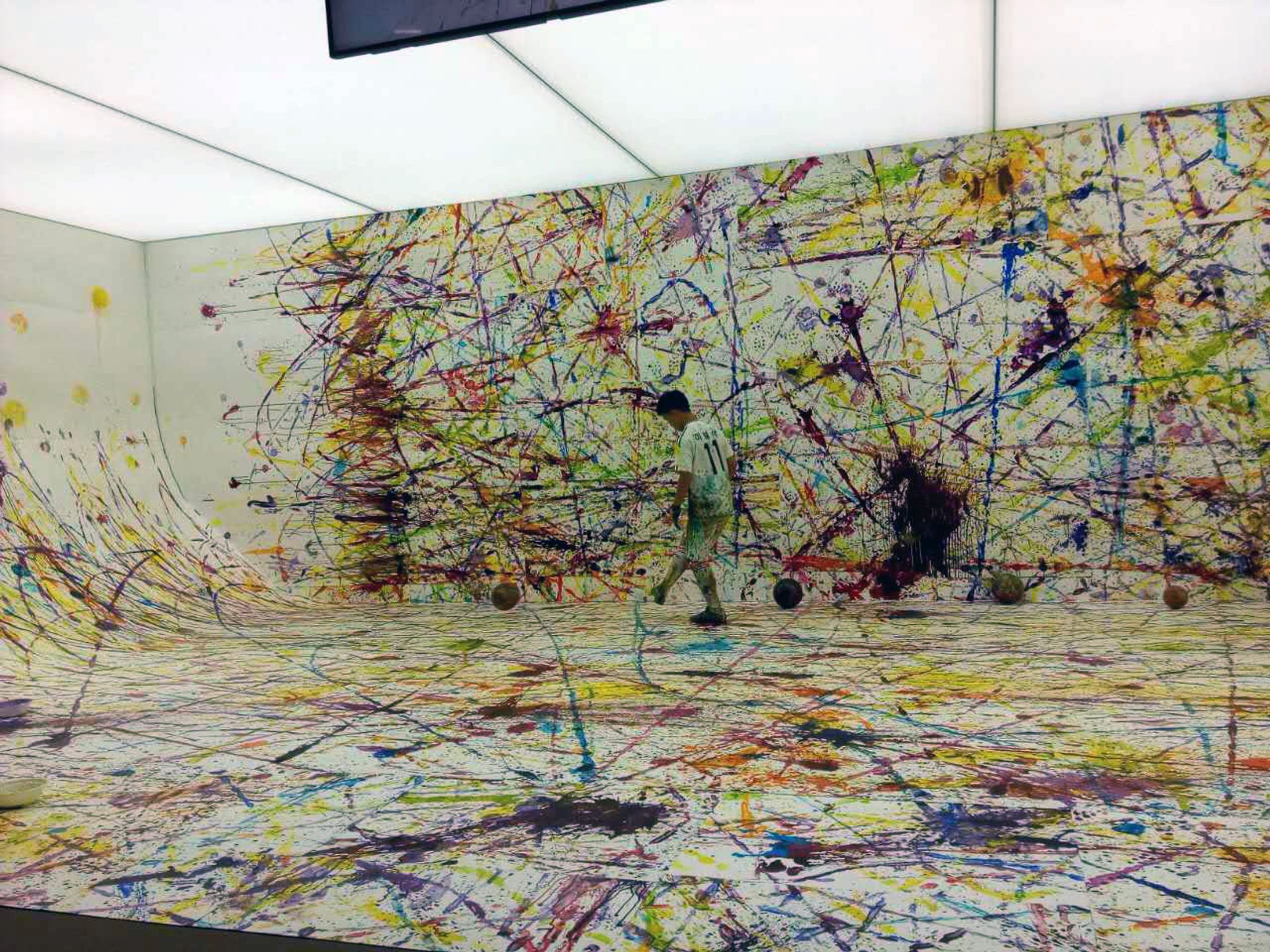
Anish Kapoor has a solo show at Seoul’s Kukje Gallery, Gathering Clouds (until 30October), named after a new series of concave fibreglass disks coated in ominous dark grey pigment. The show also includes twisted mirrored sculptures in large and small. It is one of four exhibitions the artist has in the region this month: he is also due to participate in the Yinchuan Biennale and has a solo show at SCAI The Bathhouse in Tokyo from 9 September and his first solo show in Hong Kong at Gagosian Gallery, opening 12 September.
